Byblos Archaeological Site
Overview
Crusader Castle
City Ramparts
Obelisk Temple
The Temple of Baalat Gebal
The Roman Theatre
Royal Tombs
King's Well
City Walls
The Two Defense Towers
Characteristics and classifications
All Reviews (0)

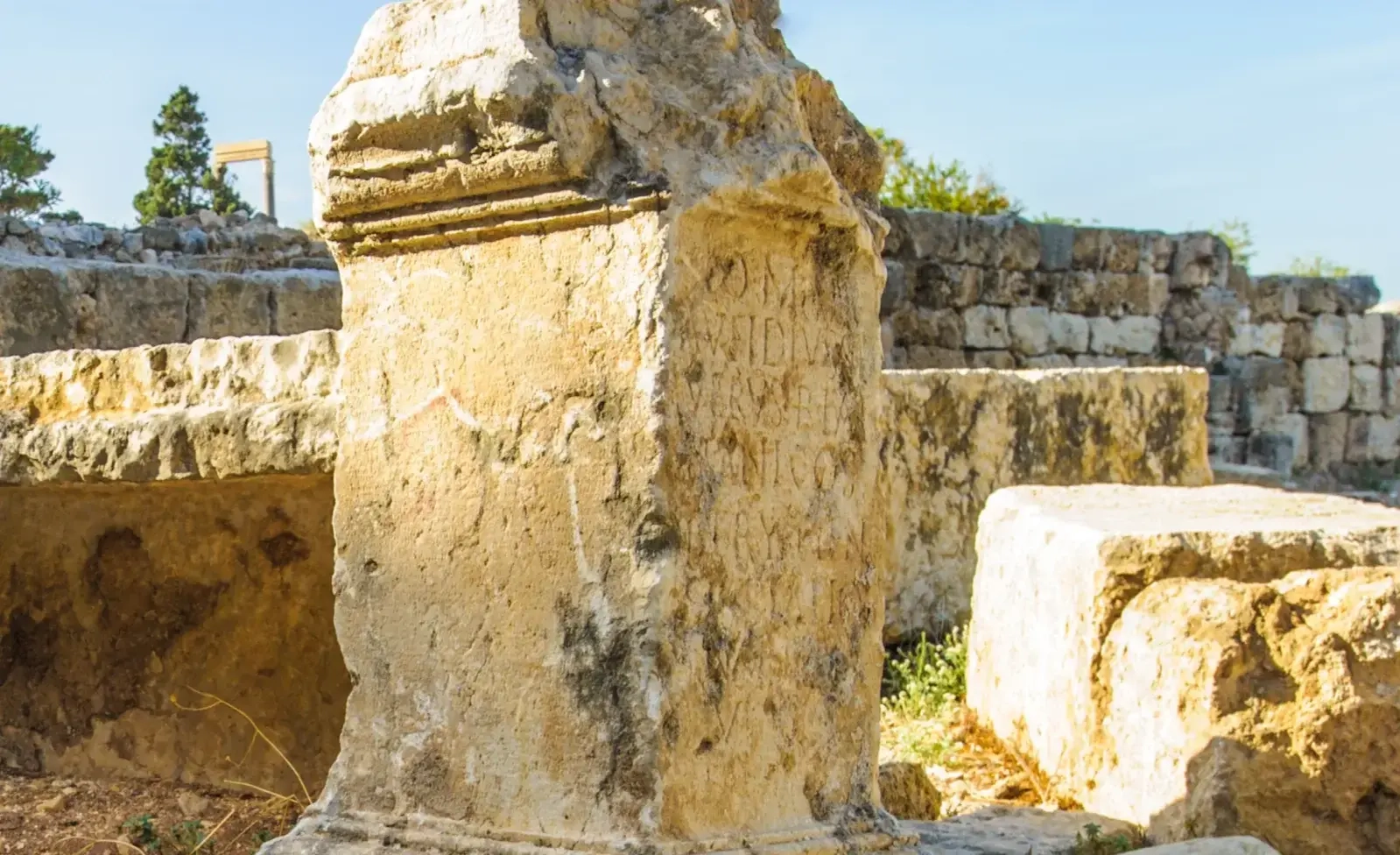

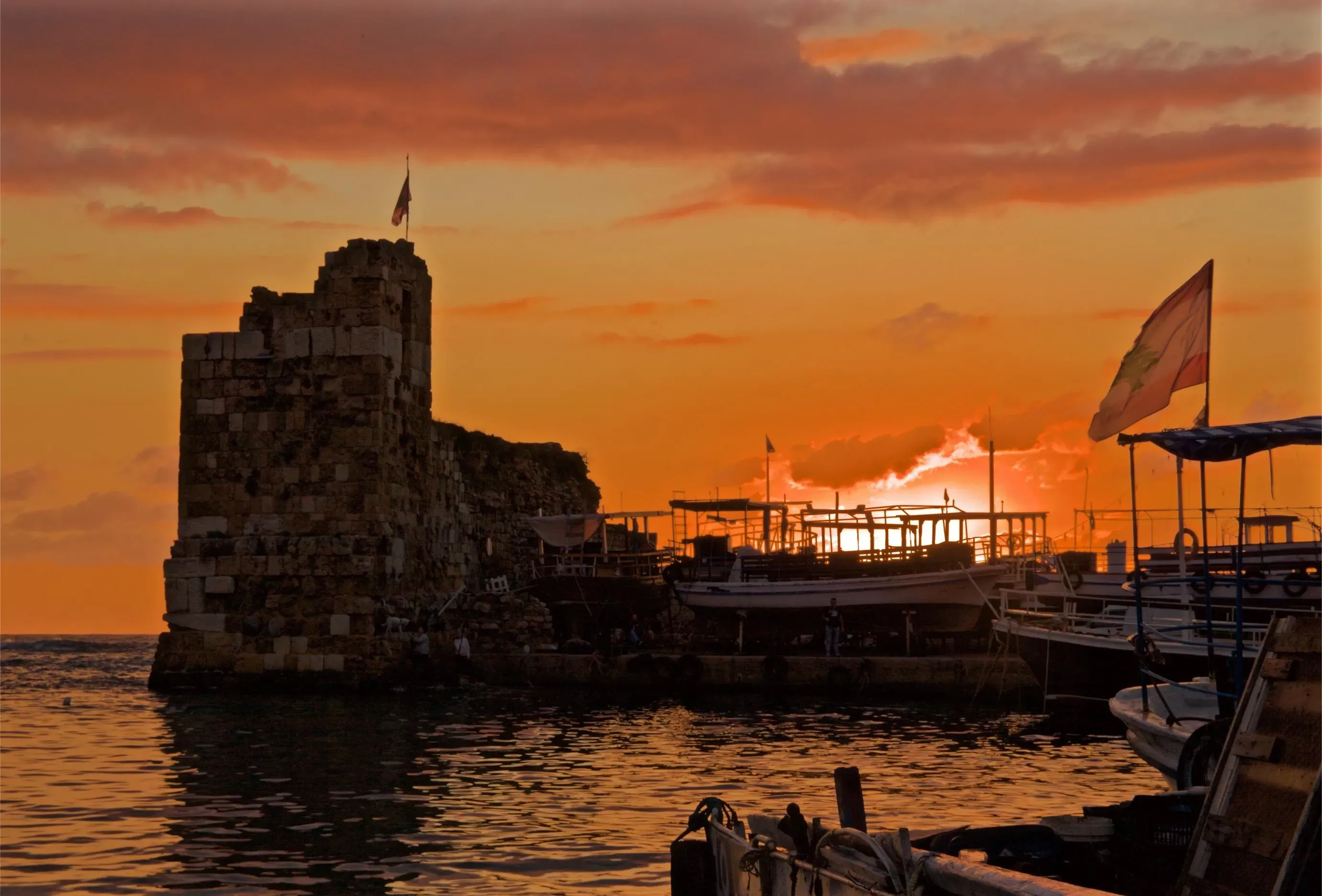




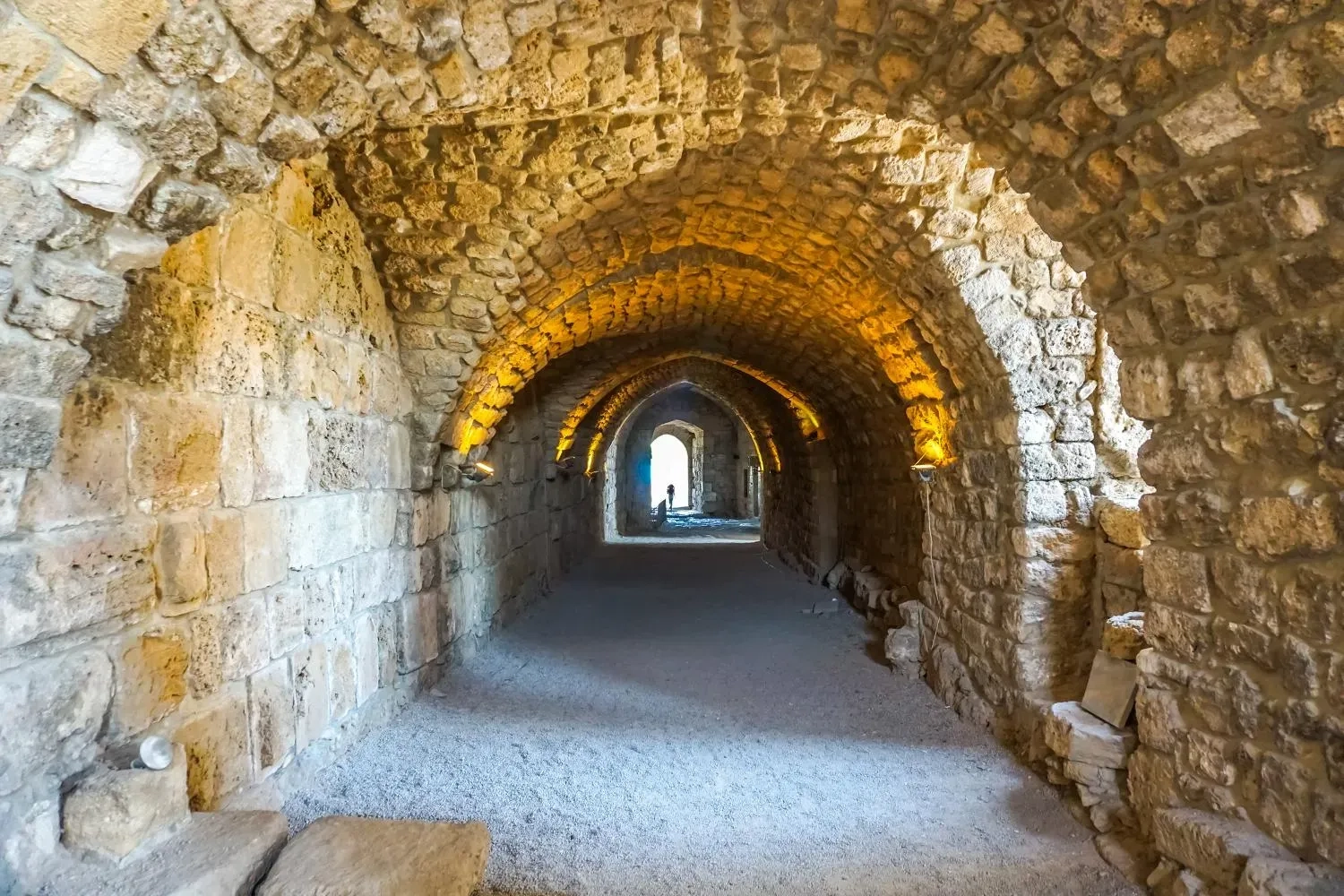
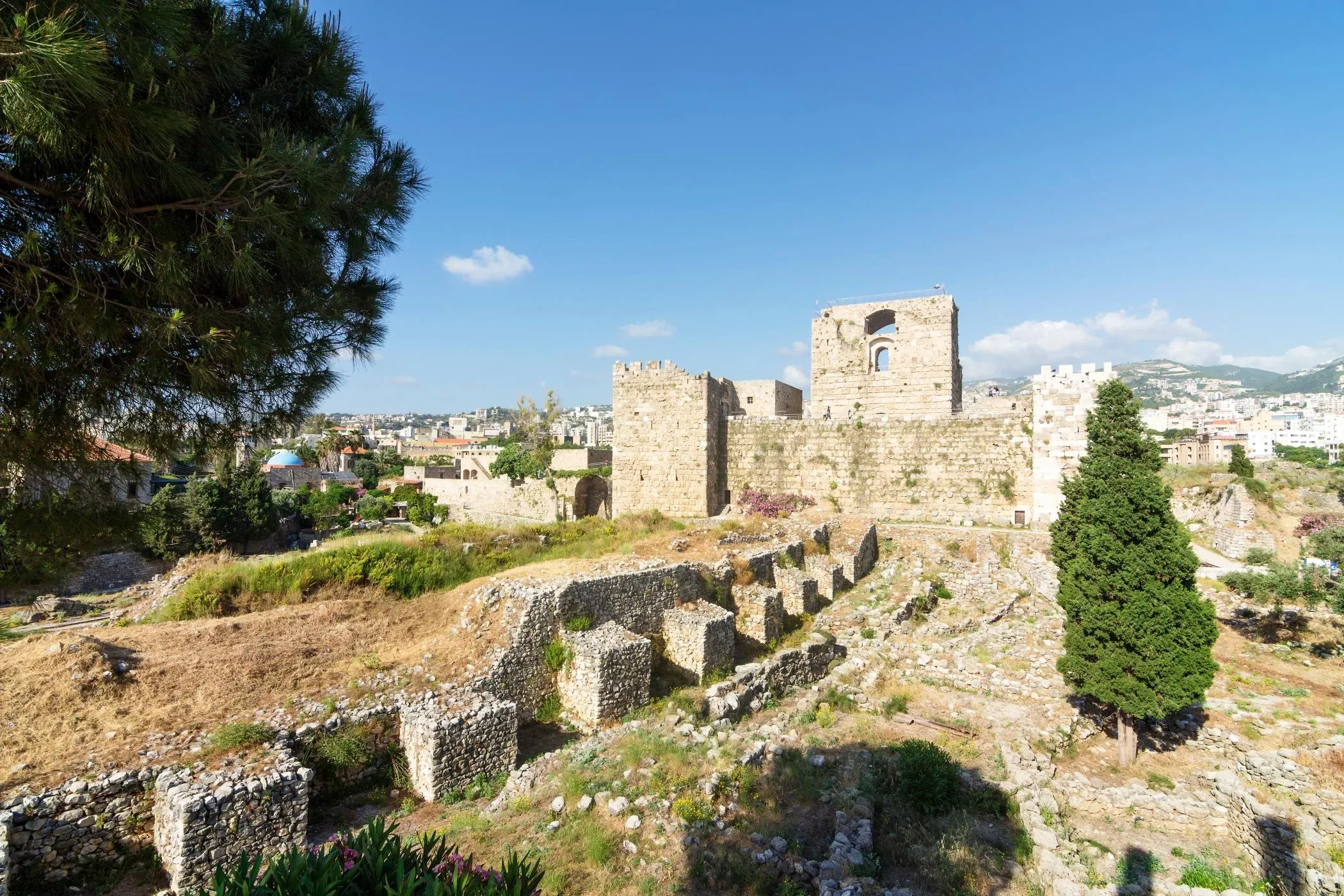
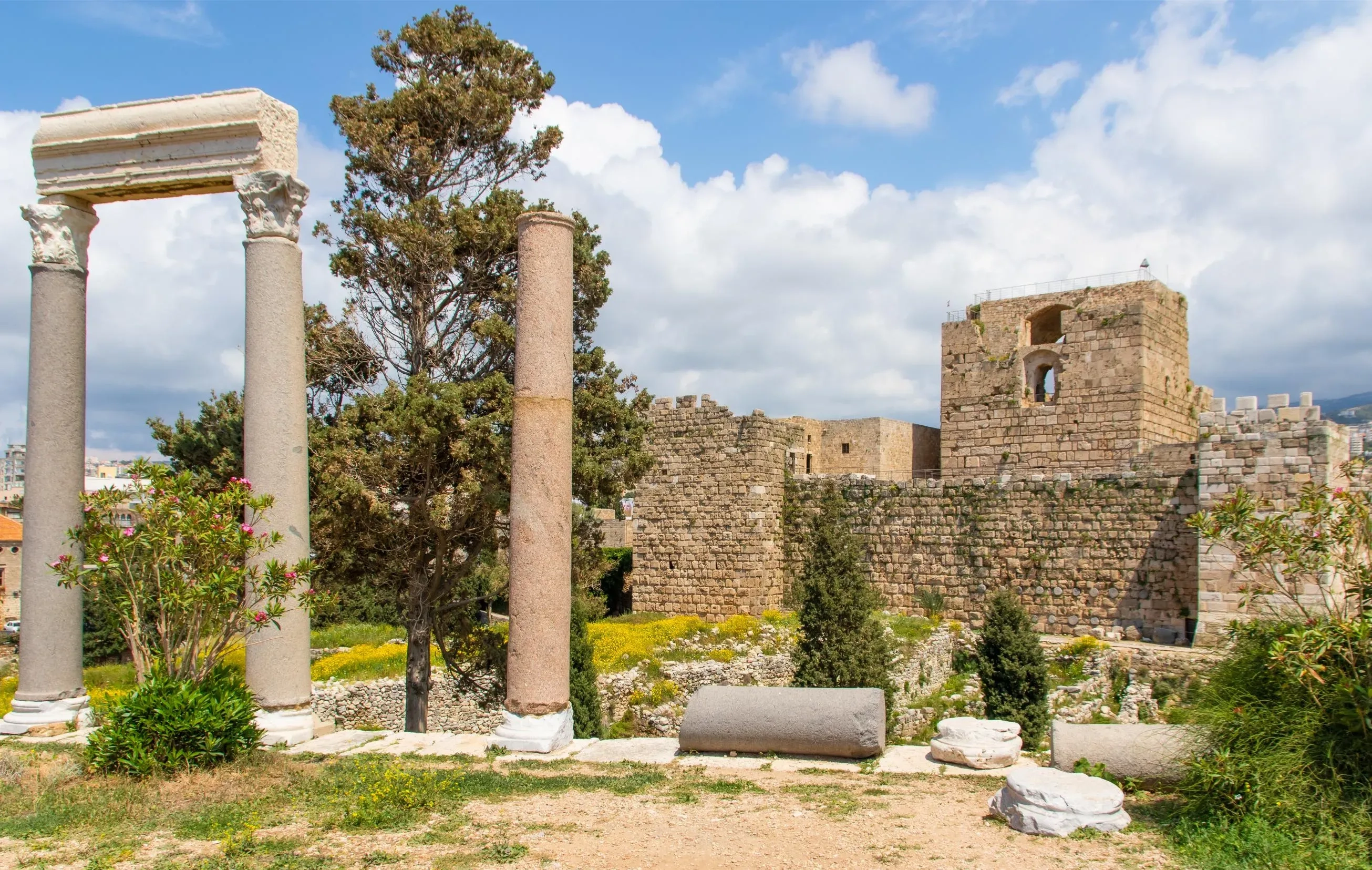
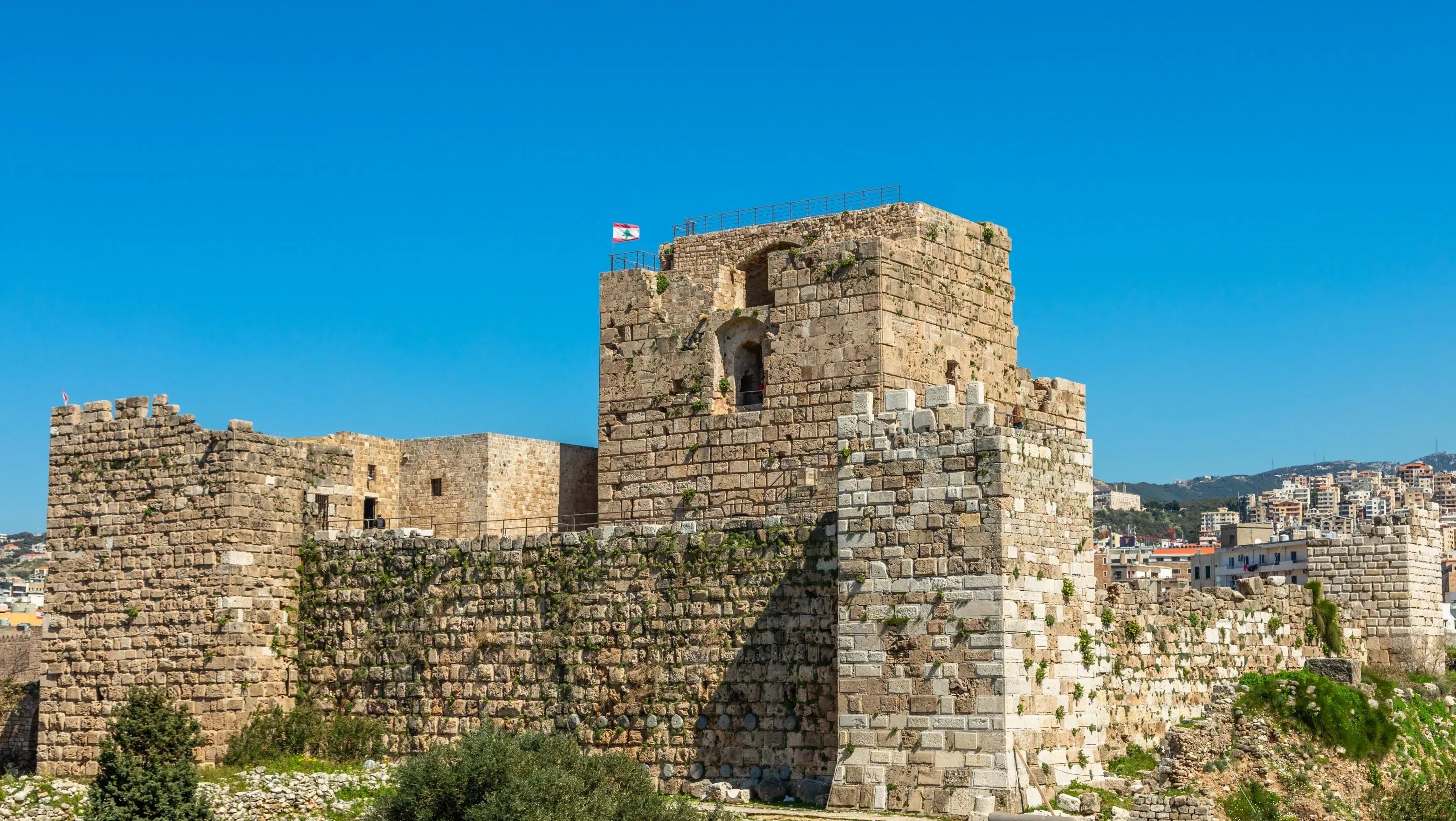
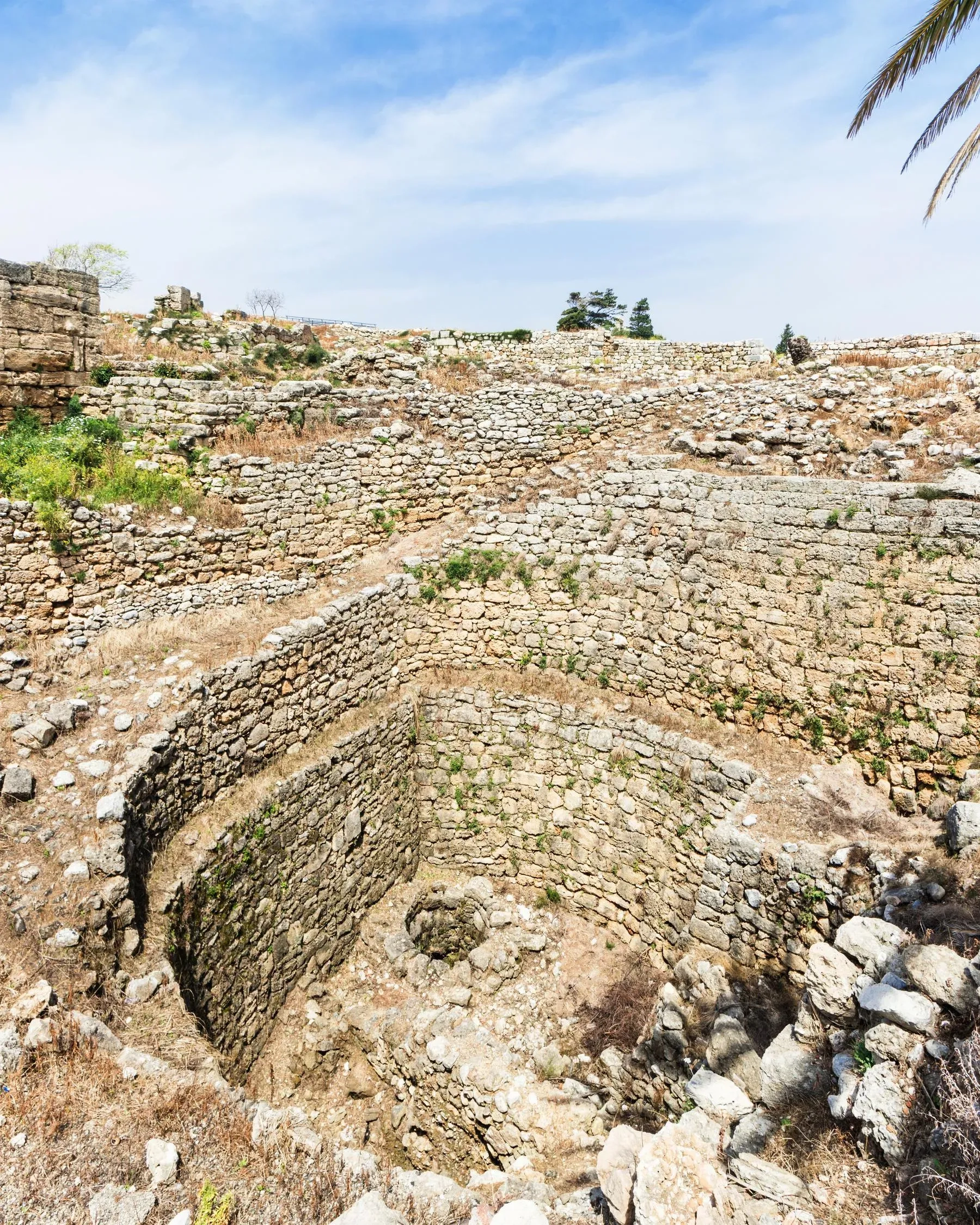
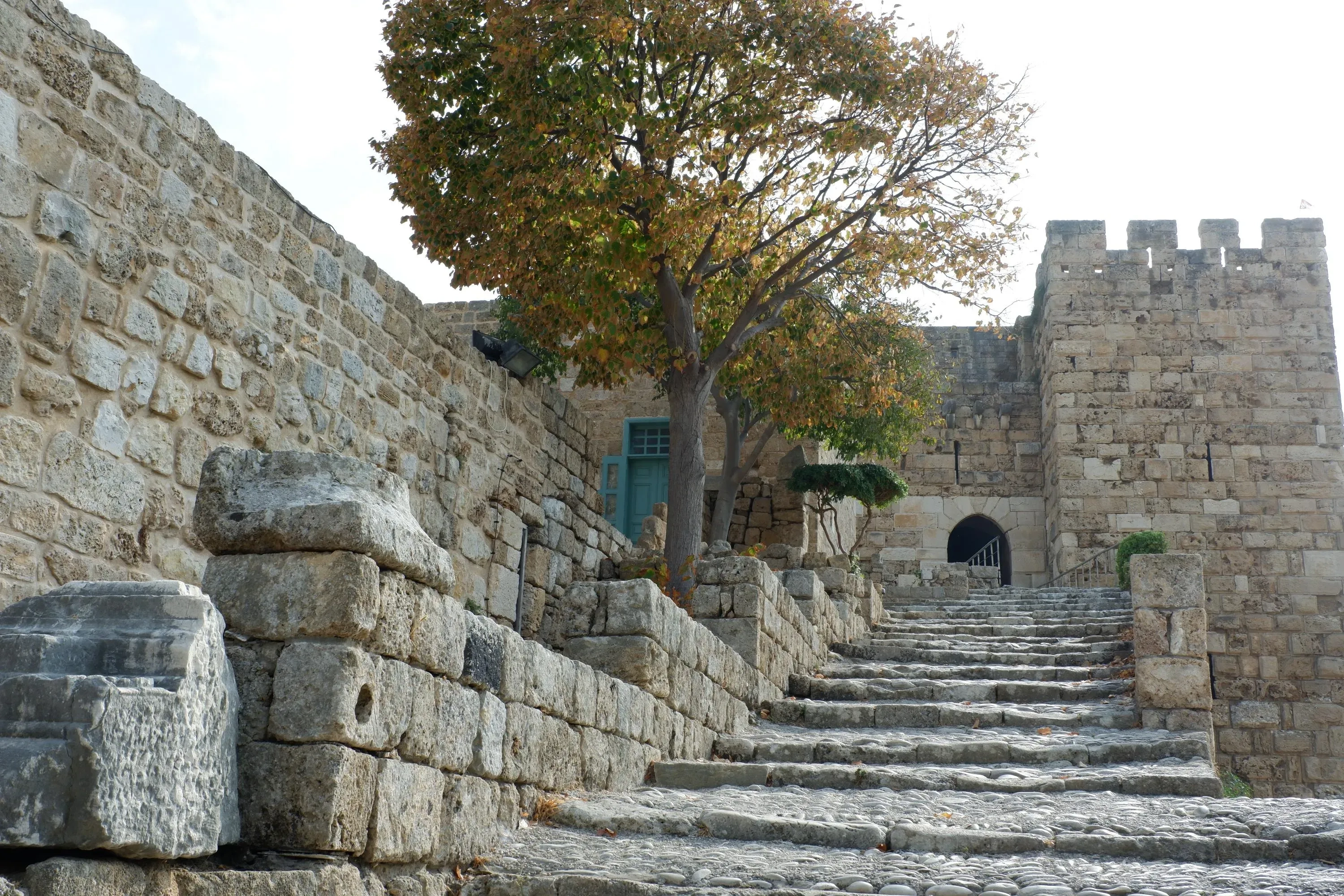
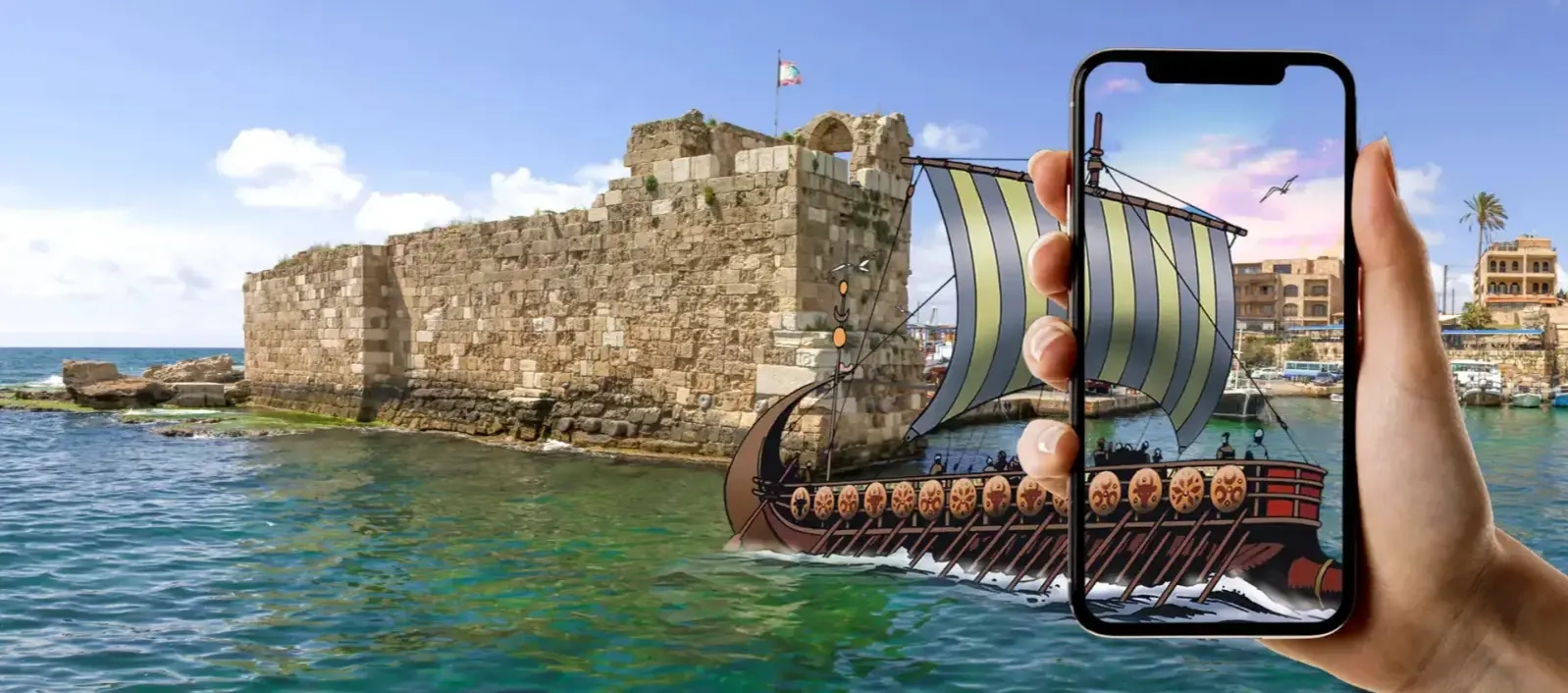
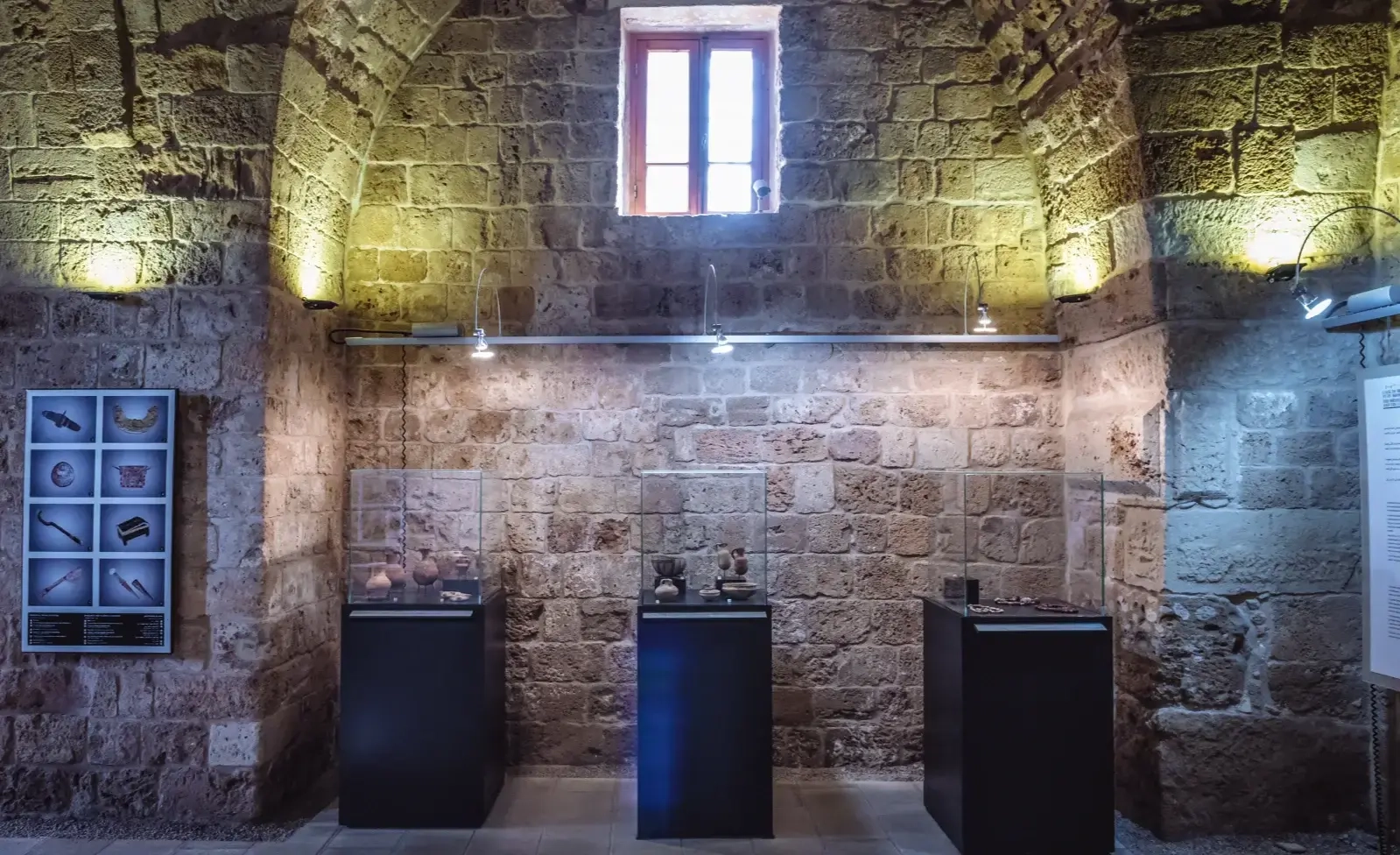

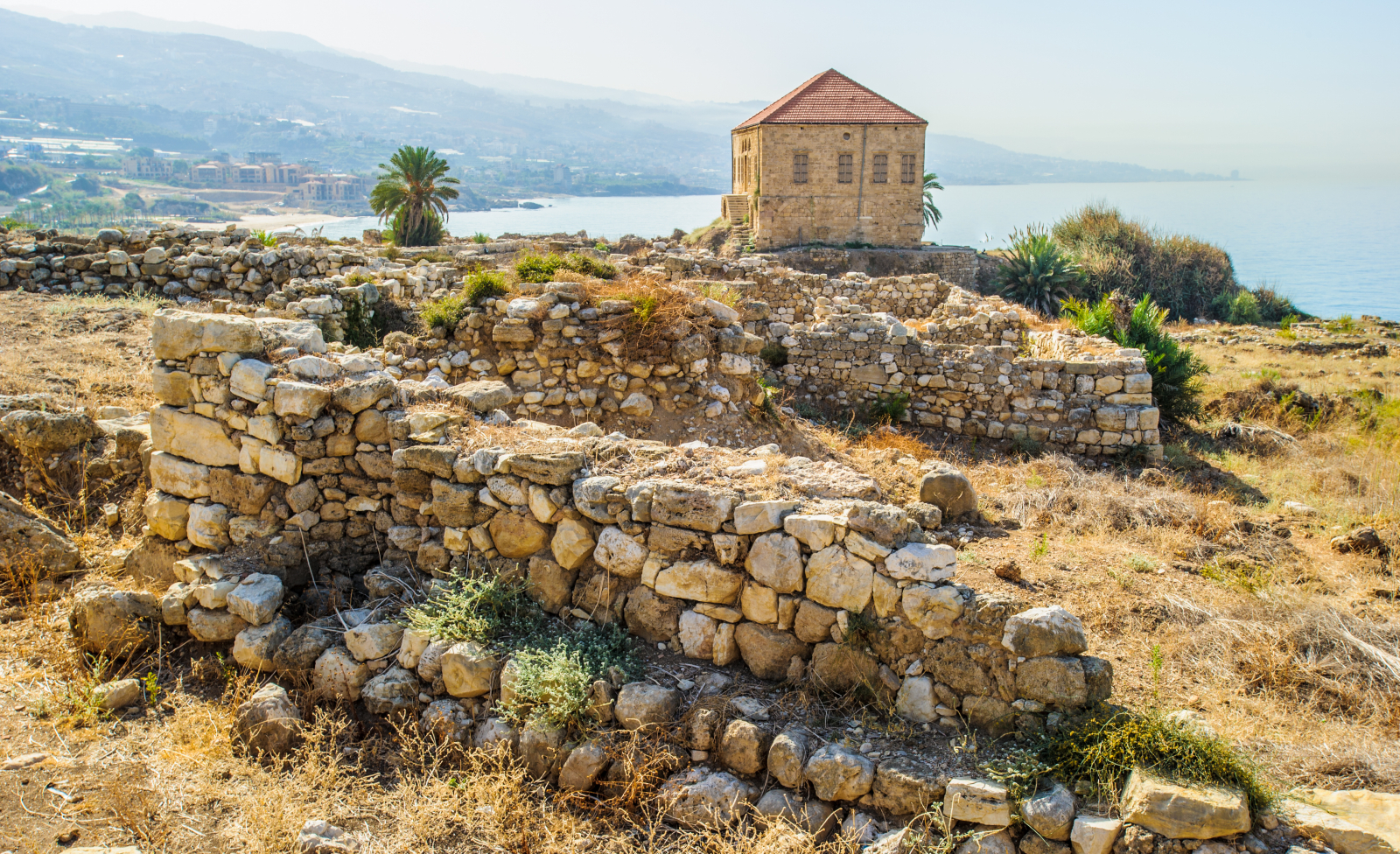
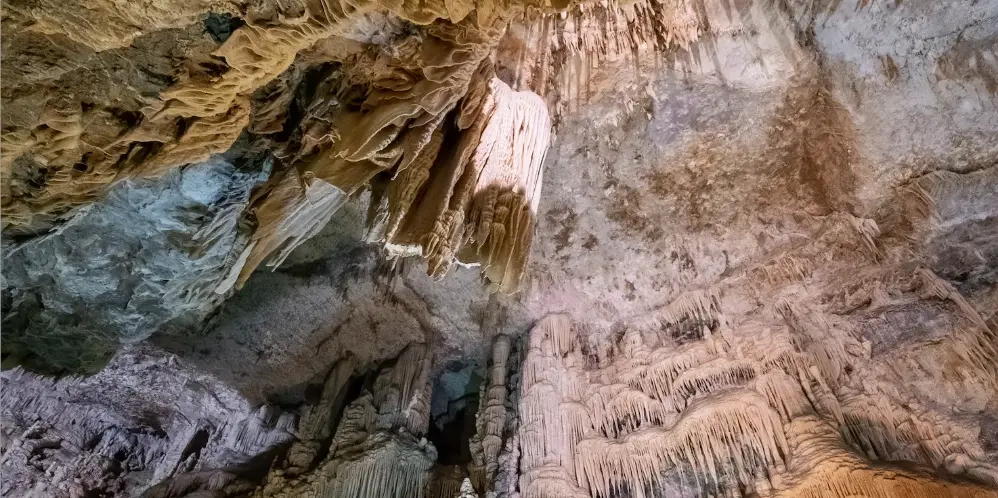
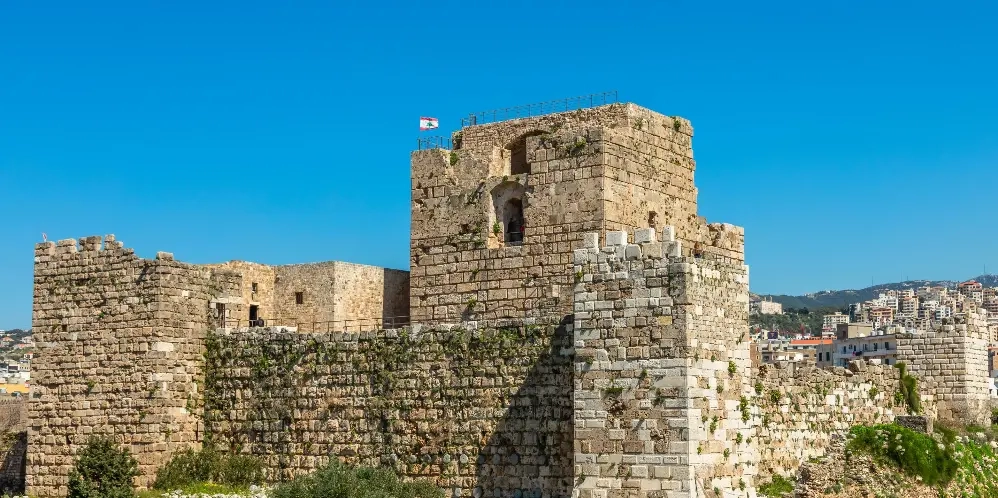



HomeWIKIMOOVCulture & Heritagecrusaders castleObelisk Templeoldest templeRoman theatrespring Leaflet

Museum of the Archaeological Site of Byblos

Proto-Urban Settlement

Tower Temple & Great Residence

Quartier préhistorique

Beirut, Jeita Grotto, Byblos Private Tour and Lunch

Discovering the archaeological site of Byblos
Art & CultureBlogOut & AboutIndulgeThe Great OutdoorsA Word from the ExpertsHeritagePersonalized tripWIKIMOOVExperiencesEventsTrailsFind a GuideMagazineCraft & Local ProductsCulture & HeritageFood & DrinksAccomodationLeisure & EntertainmentNatureOutdoor Activities CentersReligious sitesSnow Activities CentersFamous & useful placesWater Activities CenterWellbeingBusiness PlatformJoin MOOVTOOBecome a MOOVTOO guideBecome a MOOVTOO HostI've read and I accept MOOVTOO's Privacy and Cookie Policy What is MOOVTOO ?PartnersContact usFAQLegal MentionsData Protection PolicyTerms and Conditions
What is MOOVTOO ?PartnersContact usFAQLegal MentionsData Protection PolicyTerms and Conditions